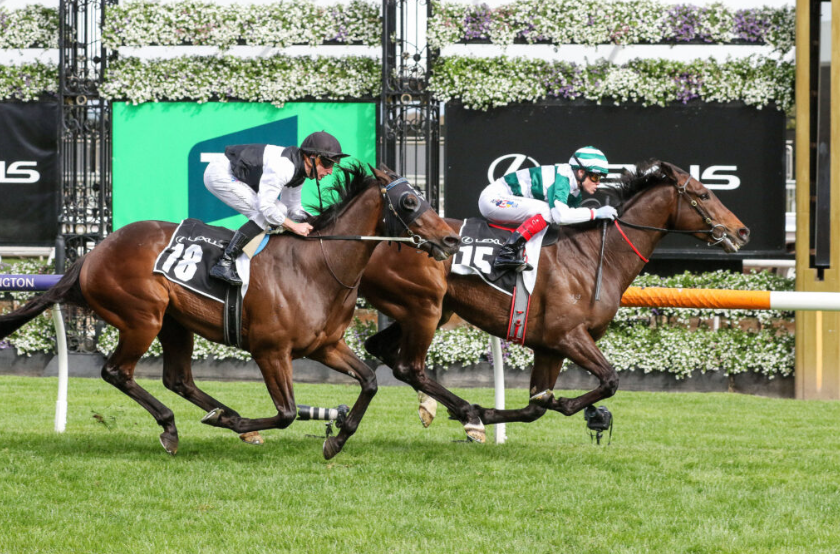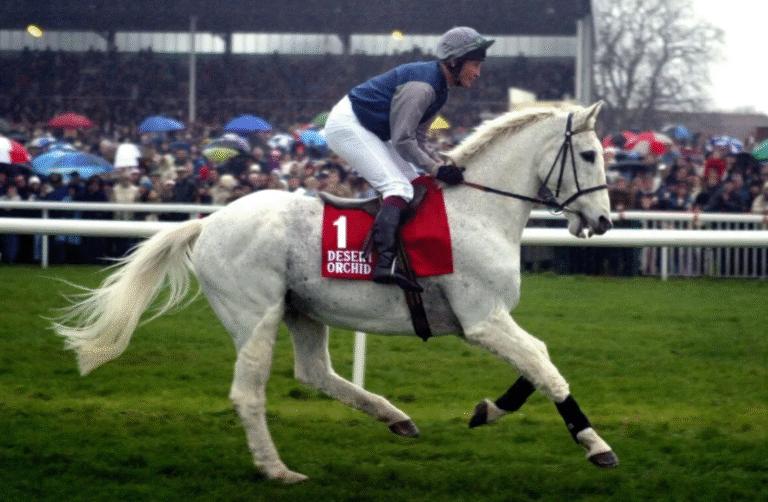The Evolution of Horse Racing: Past, Present, and Future
@ Instructions: This file is in a format called “markdown” (think of it as a raw output from ZimmWriter). Want a “pretty” output? Enable WordPress uploads, or enable HTML output in the ZimmWriter options menu. Alternatively, paste the contents below into https://markdowntohtml.com/ and then take the pretty output and paste it wherever you like, such as a Google Doc.
@ AI text and ancillary models used: GPT-4o Mini (OA). Estimate of about $0.00287 spent on about 463 words (Note: The estimate includes all AI image costs).
@ AI Status: The AI servers appear 100% healthy. Out of the 35 calls to the AI API server, 0 failed.
@ Settings used: Length=Tiny, Voice=Professional, Literary_Devices, Audience_Personality=Explorer, Custom_Style=Equestrian Sports Journalist, Automatic_Keywords, Use_H3, Active_Voice, Conclusion
@ Midjourney AI Image Prompt: /imagine prompt:The photograph captures a dynamic triptych: on the left, sepia-toned images of historical horse racing, featuring jockeys in vintage silks atop gallant steeds, dust swirling beneath their pounding hooves. The center showcases a vibrant, modern race, sleek thoroughbreds sprinting down a sunlit track, surrounded by cheering crowds and high-tech cameras. To the right, a futuristic vision unfolds with holographic projections of racing data, robotic jockeys, and biomechanical horses, all set against a neon skyline, embodying the evolution of the sport. –v 6 –ar 16:9
@ Meta Description: In exploring the evolution of horse racing, discover how its rich history shapes its uncertain future and what challenges lie ahead.
Horse racing has undergone significant transformations across its long history. From its ancient roots, steeped in tradition and cultural meaning, to its golden age marked by iconic figures and betting practices, the sport has continually evolved. Today, it navigates the complexities of modernity, grappling with innovation and sustainability. As the industry looks ahead, it faces crucial questions about its identity and future. What direction will it take in preserving its legacy while adapting to new challenges?
See also: How Horse Racing Supports Equine Veterinary Research
The Origins of Horse Racing: Ancient Traditions and Cultural Significance
Although horse racing has evolved significantly over the centuries, its roots can be traced back to ancient civilizations where the bond between humans and horses was first forged.
These early races were often intertwined with ancient rituals, reflecting cultural heritage and communal values. As societies celebrated speed and strength, horse racing emerged not merely as sport, but as a profound expression of freedom and shared identity.
The Golden Age of Horse Racing: Key Developments and Milestones
As horse racing transitioned into the 18th and 19th centuries, it entered a transformative period often referred to as its Golden Age, characterized by significant advancements and milestones that reshaped the sport.
Jockey careers flourished, becoming prominent and celebrated, while the betting evolution introduced innovative practices, enhancing spectator engagement and financial stakes.
Ultimately, this solidified horse racing’s status as a thrilling and culturally significant pastime.
Modern Horse Racing: Innovations and Regulatory Changes
While the roots of horse racing remain deeply embedded in tradition, the sport has undergone a remarkable transformation in modern times, driven by technological innovations and regulatory reforms.
Data analytics now plays a crucial role in optimizing performance and enhancing fan engagement, enabling enthusiasts to connect more deeply with the sport.
These advancements reflect a commitment to evolving the racing experience while maintaining its rich heritage.
The Future of Horse Racing: Challenges and Opportunities Ahead
As the world of horse racing stands on the precipice of transformation, it faces a myriad of challenges and opportunities that could redefine its future.
Sustainability initiatives are increasingly vital, demanding a balance between environmental responsibility and the sport’s traditions.
Concurrently, technological advancements offer innovative ways to enhance the spectator experience, streamline operations, and promote welfare, shaping a more progressive and resilient industry moving forward.
Conclusion
In conclusion, horse racing stands at a crossroads where tradition meets innovation, where the thrill of the race intertwines with the ethics of sustainability. As the sport embraces technology, it also honors its storied past; as it seeks new audiences, it remains rooted in community. The journey ahead promises both challenges and opportunities, urging the industry to evolve while preserving its rich heritage, ensuring that the heartbeat of horse racing continues to resonate through time.





